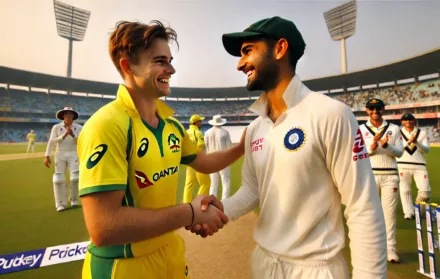
How To Master The Pull And Hook Shots In Cricket
Mastering the pull and hook shots in cricket can significantly enhance a batsman’s ability to score runs and tackle aggressive bowling. These shots are crucial in a batsman’s repertoire as they allow them to effectively counter short-pitched deliveries and take advantage of scoring opportunities.
To excel in these shots, a combination of technique, timing, and practice is necessary. By employing the right grip, stance, footwork, and bat swing, a batsman can perfect the pull shot.
Similarly, body positioning, reading the length and pace of the ball, and executing the shot with precision contribute to mastering the hook shot. It’s important to avoid common mistakes such as pre-meditating the shot, poor shot selection, and inadequate foot movement.
Training drills like shadow batting, facing short-pitched deliveries, and utilizing a bowling machine can help improve these shots.
Batsmen should also consider game situations, assess the conditions and bowling attack, and target specific areas of the field to maximize the effectiveness of their pull and hook shots. By mastering these shots, batsmen can become more confident and versatile in their gameplay.
Techniques to Master the Pull Shot
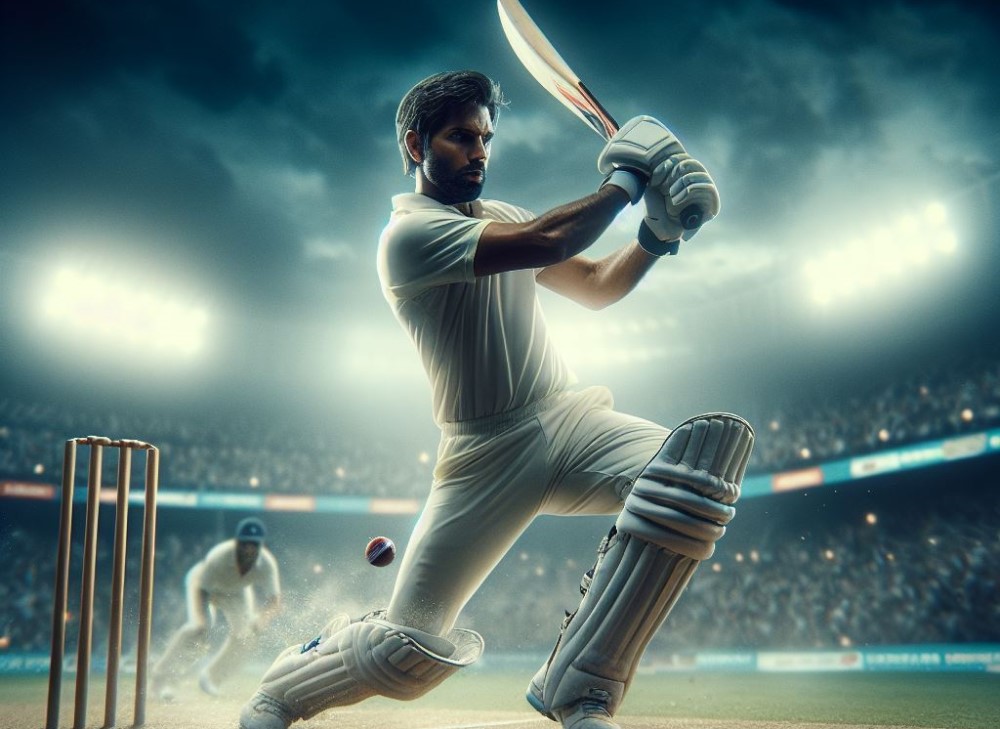
If you’ve ever wanted to perfect your pull shot in cricket, you’re in the right place. In this section, we’ll uncover the techniques you need to master this powerful and effective stroke.
From getting your grip and stance just right to nailing your footwork and timing, we’ll break down the key elements that will take your pull shot to the next level.
And that’s not all – we’ll also explore the crucial role of bat swing and follow-through in ensuring a successful and impactful shot. Get ready to elevate your game with these invaluable insights!
Grip and Stance
To achieve a successful pull and hook shot in cricket, mastering the right grip and stance is crucial. Here are the steps to perfecting your grip and stance:
- Master the art of maintaining a firm grip on the bat with both hands.
- Ensure that your top hand is positioned slightly above the bottom hand on the handle.
- It is important to maintain a relaxed but controlled grip, allowing for flexibility.
- Position yourself with your feet shoulder-width apart and parallel to the crease.
- Distribute your weight evenly on both feet, staying fully prepared to move in any direction.
- Maintain a balanced posture by slightly bending your knees.
Pro-tip: Regularly practice your grip and stance to develop muscle memory, enabling you to execute pull and hook shots quickly and efficiently during a match.
Footwork and Timing
In cricket, mastering the pull and hook shots requires proper footwork and timing. Follow these steps to improve:
- Position yourself correctly with a balanced stance and a firm grip on the bat.
- Execute precise footwork and timing to get into the right position to play the shot.
- Judge the length and pace of the ball by closely watching it, and time your shot accordingly.
- Swing the bat smoothly and forcefully, ensuring a full follow-through.
To further enhance your skills, consider these suggestions:
- Practice shadow batting to reinforce your footwork and timing.
- Face short-pitched deliveries in training to build confidence and improve your shot execution.
- Utilize a bowling machine to simulate match situations and work on your pull and hook shots.
Bat Swing and Follow-through
To master the pull shot in cricket, the proper bat swing and follow-through are crucial for generating power and control. Here are the key steps to focus on:
- Grip the bat firmly but not excessively tight.
- Position yourself correctly, with your front shoulder facing the bowler.
- As the ball approaches, pivot your back foot and transfer your weight onto your front foot.
- Rotate your hips and shoulders together, creating a whipping action with the bat.
- Extend your arms fully as you make contact with the ball.
Pro Tip: Remember to maintain a smooth and fluid follow-through after making contact with the ball. This allows for maximum power and precision in executing the pull shot.
Tips to Perfect the Hook Shot
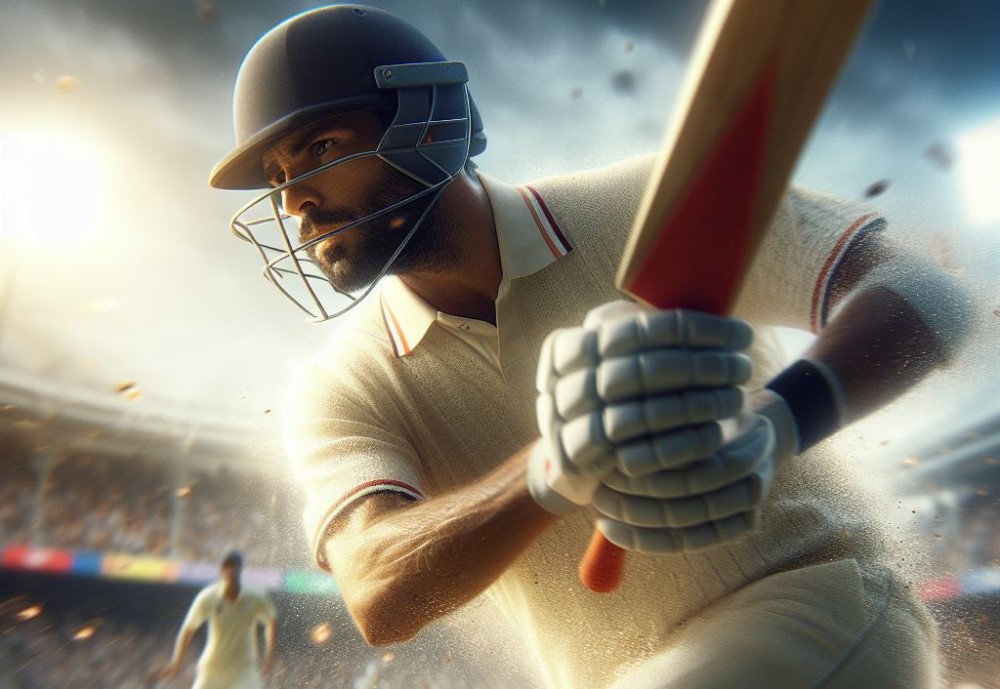
Looking to improve your cricket skills and master the art of the hook shot? This section has got you covered with essential tips and techniques to perfect your hook shot in no time.
From achieving the right body positioning to reading the length and pace of the ball, and executing with precision, we’re here to help you unlock the secrets to a successful hook shot. Get ready to step up your game and score those boundary shots with confidence!
Proper Body Positioning
Proper body positioning is essential when it comes to mastering the pull and hook shots in cricket. To perform these shots effectively, it is important to follow these steps:
1. Maintain a balanced stance with feet shoulder-width apart and knees slightly bent.
2. Keep your head still and eyes focused on the ball.
3. Position your body sideways to the line of the ball, which allows for better control and timing.
4. Bend your front knee slightly towards the direction of the shot to transfer weight onto the back foot.
5. Align your front shoulder towards the bowler and keep your back shoulder down.
6. Maintain a strong grip on the bat and a relaxed upper body.
Remember, it is crucial to practice regularly to develop muscle memory and improve reflexes for quick adjustments in body positioning. This will help you excel in cricket.
Reading the Length and Pace of the Ball
When it comes to mastering the pull and hook shots in cricket, one crucial skill is reading the length and pace of the ball. This ability allows batsmen to determine the right timing and positioning for executing these shots effectively. Here are some key tips for reading the length and pace of the ball:
- Watch the bowler’s hand closely to pick up cues on the delivery length.
- Observe the trajectory and the speed of the ball to gauge the pace and read the length.
- Practice judging the length and pace during net sessions to develop your ability to read the ball accurately.
By honing this skill of reading the length and pace of the ball, batsmen can anticipate and respond to the ball better, increasing their chances of executing successful pull and hook shots.
Execution and Follow-through
To successfully execute and follow-through on pull and hook shots in cricket, it is important to keep in mind the following steps:
- First and foremost, focus on maintaining the correct body positioning. Make sure your head is positioned over the front leg while ensuring that your back foot is aligned with the crease.
- To effectively time your shot, it is crucial to read the length and pace of the ball as early as possible.
- For a perfect execution, transfer your weight onto the back foot, rotate your hips, and extend your arms to bring the bat down with controlled force.
- After executing the shot, make sure to follow-through by maintaining balance and staying in the shot until the ball has made contact with the bat.
By mastering these techniques of execution and follow-through, your chances of successfully playing the pull and hook shots in cricket will significantly increase.
Common Mistakes to Avoid
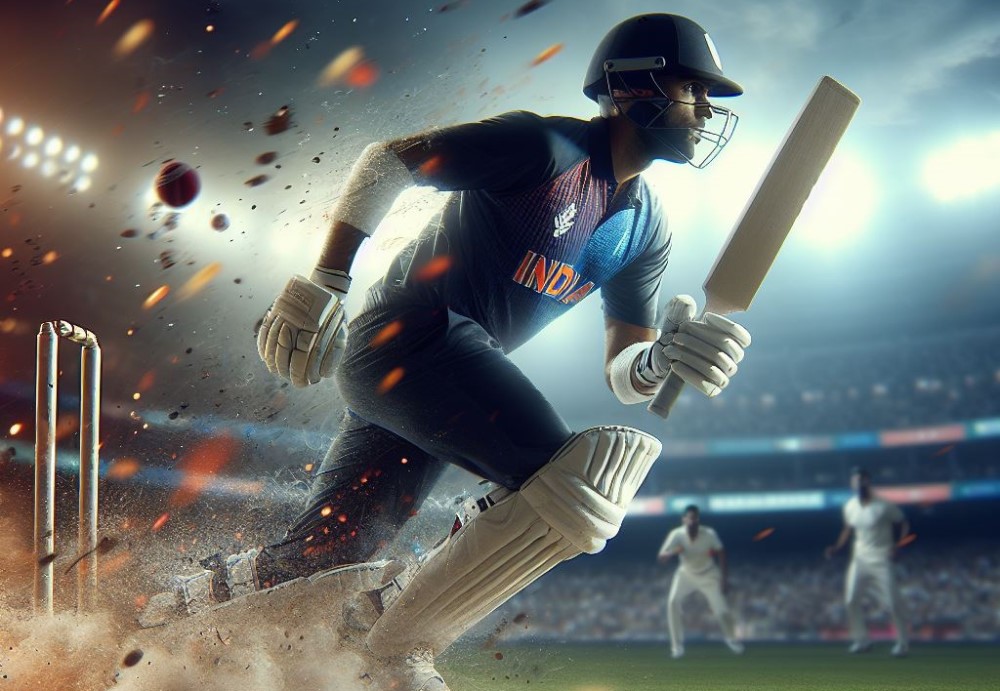
Are you looking to perfect your pull and hook shots in cricket? Well, you’re in the right place! In this section, we’ll dive into the common mistakes that players tend to make.
From pre-meditating the shot too much to poor shot selection and inadequate foot movement, we’ll uncover the pitfalls to avoid.
So, get ready to step up your game as we explore how to steer clear of these errors and take your batting skills to the next level!
Pre-meditating the Shot
Pre-meditating the shot in cricket can lead to poor shot selection and missed opportunities. To avoid this, follow these steps:
- Assess the situation: Consider the pitch conditions, the bowler’s style, and the field placements before deciding on your shot.
- Focus on the ball: Watch the ball closely from the bowler’s hand to get an accurate judgment of its line and length.
- React and adapt: Instead of deciding on a shot in advance, let your instincts guide you and adjust your shot accordingly.
Remember, cricket is a game of uncertainties, and being flexible in your shot selection will help you make the most of every delivery. Keep practicing and trust your skills to make better decisions on the field.
Poor Shot Selection
In cricket, poor shot selection can have a significant impact on a player’s performance and the team’s chances of winning. Here are some common mistakes to avoid:
- Pre-meditating the shot without assessing the delivery and field placements.
- Poor shot selection by selecting inappropriate shots for the given situation, such as playing extravagant shots early in the innings.
- Making inadequate foot movements, resulting in mistimed shots or missing the ball altogether.
Inadequate Foot Movement
Inadequate foot movement is a crucial mistake to avoid when attempting the pull and hook shots in cricket. Proper footwork is essential for maintaining balance and generating power in these shots. Here are some steps to improve foot movement:
- Focus on avoiding inadequate foot movement by focusing on proper positioning of the front and back foot while preparing for the shot.
- Ensure quick foot movement towards the line of the ball to get in the right position.
- Maintain a strong base by keeping weight evenly distributed on both feet to avoid inadequate foot movement.
By practicing these steps, players can develop better foot movement and execute the pull and hook shots effectively.
Training Drills to Improve Pull and Hook Shots
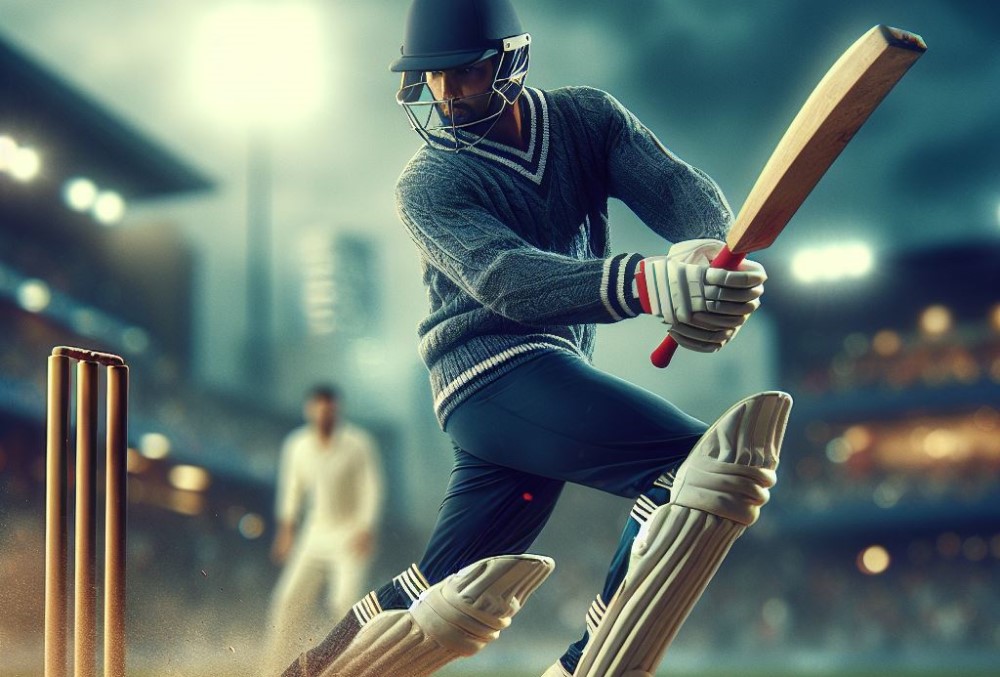
Looking to up your cricket game with powerful pull and hook shots? Look no further! This section dives into the training drills that will improve your prowess in these batting techniques.
From shadow batting to mastering short pitch deliveries and utilizing a bowling machine, we’ve got you covered. Get ready to take your batting skills to the next level and make those pull and hook shots a force to be reckoned with.
Shadow Batting
Shadow batting is a vital practice technique used by cricketers to enhance their batting skills and technique. It entails imitating batting strokes without the presence of a ball, with a focus on footwork, positioning, and bat swing.
- To effectively practice shadow batting, follow these steps:
- Find a clear space and assume your batting stance.
- Visualize a bowler and imagine the line and length of the delivery.
- Improve your footwork by moving your feet and positioning yourself correctly.
- Simulate the bat swing and follow-through, concentrating on the proper technique.
- Repeat the process, envisioning various delivery styles and shot selections.
- Shadow batting aids in developing muscle memory, enhancing coordination, and refining shot execution. It enables batsmen to refine their technique without the pressure of making contact with the ball, resulting in improved performance in actual match situations.
Facing Short Pitch Deliveries
- Assess the length and bounce of the ball early.
- Master the technique of facing short pitch deliveries
- Get into a solid and balanced position, with your weight evenly distributed.
- Stay on the back foot and keep your head still, allowing you to react quickly.
- Use your top hand to control the shot and play it along the ground.
- Keep your eyes on the ball and focus on timing rather than power.
The art of facing short pitch deliveries in cricket requires specific techniques and strategies to ensure success at the crease. Here are the steps to help you master this skill:
Facing short pitch deliveries became crucial in cricket during the 1970s and 1980s when fast bowlers like Dennis Lillee and Jeff Thomson popularized aggressive bouncers. Players like Viv Richards and Sachin Tendulkar showcased their ability to dominate these deliveries, setting a benchmark for generations to come.
Utilizing a Bowling Machine
Utilizing a bowling machine is the perfect way to enhance and refine pull and hook shots in cricket. To maximize the benefits of this training tool, follow these steps:
- Arrange the bowling machine at the appropriate speed and length to imitate real game conditions.
- Concentrate on your footwork and timing, ensuring you position yourself correctly to execute the shots.
- Devote time to improving your bat swing and follow-through, as this will generate both power and precision in your shots.
Fun Fact: Bowling machines can realistically replicate various delivery variations, enabling batsmen to practice against a wide range of bowling styles.
Game Situations and When to Use Pull and Hook Shots
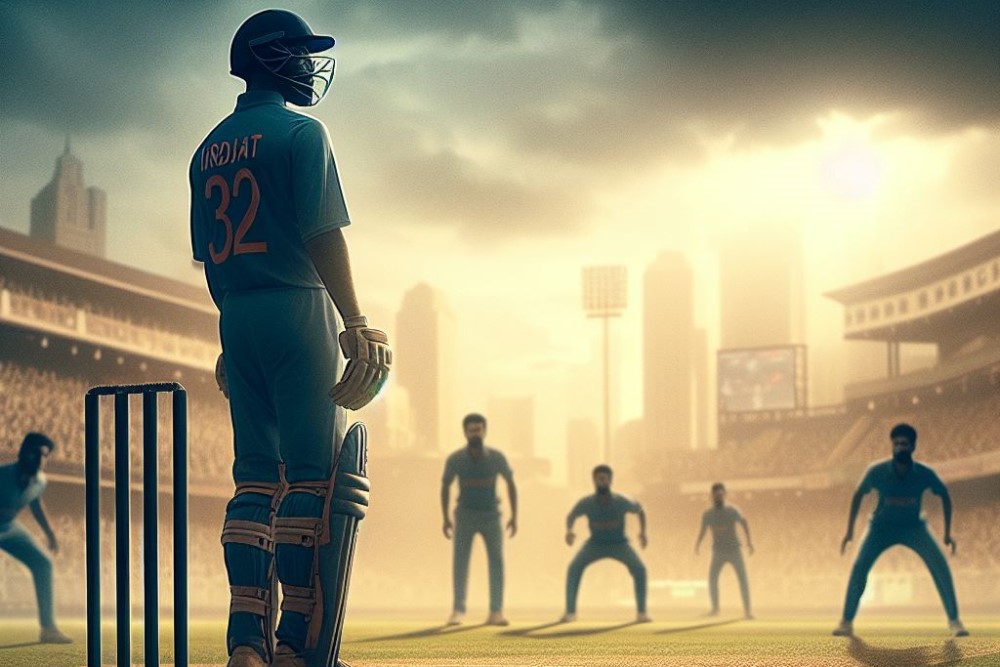
When it comes to mastering the pull and hook shots in cricket, it’s all about understanding the game situations and knowing when to use these powerful strokes. In this section, we’ll dive into the strategic aspects of assessing the conditions and bowling attack, as well as targeting specific areas of the field.
We’ll also explore how these shots can be used for counter-attacking and building pressure on the opposition. Get ready to elevate your batting skills and become a true force to be reckoned with on the cricket field.
Assessing the Conditions and Bowling Attack
Assessing the conditions and bowling attack is crucial to successfully execute pull and hook shots in cricket. Factors such as pitch conditions, weather, and the type of bowler should be considered. Analyzing the bounce and pace of the pitch is essential in determining if it favors these shots.
Assessing the bowler’s line, length, and variations is important to understand their strengths and weaknesses. Looking for opportunities to exploit gaps in the field and target specific areas is key.
Building pressure and counter-attacking are effective strategies that can help master these shots. Regular practice and training drills focused on facing short pitch deliveries will greatly enhance your ability to dominate the bowling attack.
Targeting Specific Areas of the Field
When targeting specific areas of the field in cricket, players can strategically place their shots to score runs. This requires careful placement and shot selection based on the fielding positions. Here is an example of targeting specific areas of the field in cricket:
| Fielding Position | Shot Selection | Result |
| Deep Mid-Wicket | Pull Shot | Boundary |
| Fine Leg | Hook Shot | Boundary |
| Long On | Straight Drive | Six |
| Extra Cover | Off Drive | Boundary |
By analyzing the fielding positions and adaptively choosing the appropriate shot, players can effectively target specific areas of the field and maximize their scoring opportunities for Targeting Specific Areas of the Field.
Counter-attacking and Building Pressure
Counter-attacking and building pressure is a crucial aspect of cricket. To master this skill, follow these steps:
- Assess the game situation and the opposition’s bowling attack to effectively counter-attack and build pressure.
- Identify the areas of the field where you can target with pull and hook shots to create a counter-attacking approach and build pressure.
- Stay watchful for short-pitched deliveries and quickly read the length and pace of the ball to capitalize on counter-attacking opportunities and build pressure.
- Execute the pull or hook shot with precision and power, using proper footwork and body positioning to apply counter-attacking pressure.
- Follow-through with the shot to generate maximum power and placement, enhancing the counter-attacking impact and build pressure.
- Practice shadow batting to improve your technique and shot selection, enhancing your ability to counter-attack and build pressure.
- Face short-pitched deliveries in net sessions to develop confidence and timing, essential for effective counter-attacking and pressure building.
- Utilize a bowling machine to simulate match situations and train against the short ball, enhancing your ability to counter-attack and handle pressure.

